
Tongli Heavy Machinery's nickel slag vertical mill can produce up to 200t/h, the system power consumption is below 36kWh/t, and the finished product fineness can reach 480-500㎡/kg, which can meet the nickel slag production line project with an annual output of 200,000 to 3 million tons. The nickel slag vertical mill is developed by Tongli Company based on its many years of vertical mill research and development and production experience. It is aimed at the special product of granulated blast furnace slag. After careful research by a professional team of multiple units, it integrates grinding, drying and grading, and has the characteristics of high grinding efficiency and strong drying capacity. It has realized the innovation of ultra-fine grinding technology with simplified process, small footprint, low investment, greatly reduced power consumption, long service life and high operating rate.
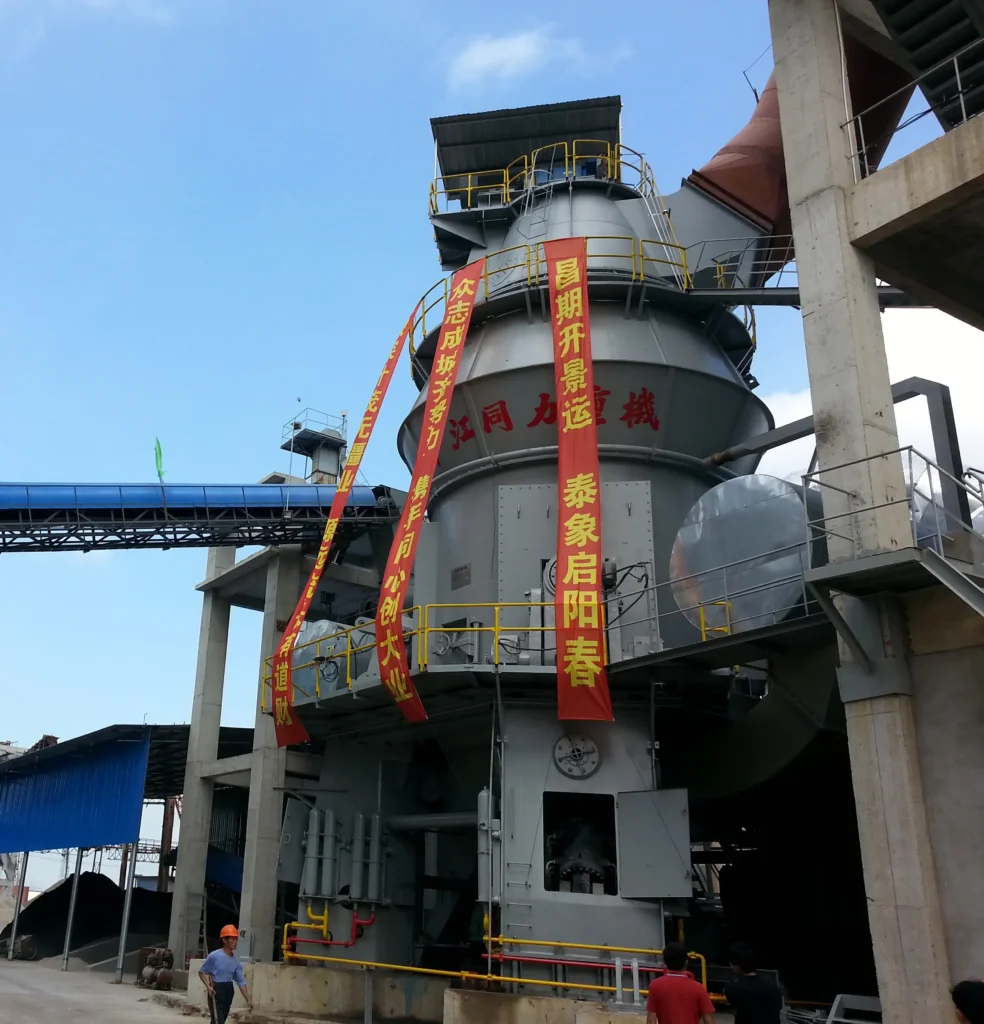

One machine, two jobs
A MACHINE YOU CAN DEPEND ON!
Tongli Heavy Industry nickel slag vertical mill adopts a unique double-ring grinding roller structure, which increases the grinding area by 20%. Its high-precision grading device can achieve a qualified rate of more than 95%, and the product fineness can reach D90≤45μm. The spindle speed of the mill can be adjusted in the range of 30-120r/min, which is suitable for nickel slags of different hardness. The specially designed anti-blocking device reduces the downtime maintenance time by 80%
The maximum feed size of the vertical mill can reach 4%-5% of the roller diameter, generally 40-100mm. Large and medium-sized vertical mills can omit the third-stage crushing, simplify the production process, and reduce equipment investment and operating costs.
Adopting advanced high-pressure grinding roller system, the pressure can reach 6MPa, which is 30% higher than ordinary vertical mills. Improve the crushing efficiency by 20-40% and increase the processing capacity by 15-25%. It can process nickel slag with Mohs hardness of 7-8, and the product fineness D90 value is reduced by 10-15%. The unit product energy consumption is reduced by 5-10%, improving production efficiency and product quality.
Tongli adopts advanced airflow grading technology to achieve a qualified rate of more than 95%, and the product fineness can reach D90≤45μm. Equipped with high-precision sensors and control systems, the grading parameters can be adjusted in real time. Reduce the amount of returned materials and improve production efficiency by 20-30%. Applicable to high-end fields such as battery materials and precision ceramics, the product value is increased by about 15%
| Model Specification | Grinding Disc Diameter D (mm) | Grinding Roller Diameter D (mm) | Number of Grinding Rollers n | Standard Installed Power P (kw) | Standard Capacity Q (t/h) |
| TLZJ33.31 | 3300 | 1700 | 3 | 1600 | 45 |
| TLZJ35.41 | 3500 | 1800 | 4 | 1800 | 60 |
| TLZJ40.41 | 4000 | 1900 | 4 | 2240 | 70 |
| TLZJ43.41 | 4300 | 2120 | 4 | 2800 | 90 |
| TLZJ46.41 | 4600 | 2240 | 4 | 3150 | 105 |
| TLZJ48.41 | 4800 | 2240 | 4 | 3550 | 125 |
| TLZJ50.41 | 5000 | 2360 | 4 | 3800 | 140 |
| TLZJ53.41 | 5300 | 2500 | 4 | 4200 | 150 |
| TLZJ56.61 | 5600 | 2500 | 6 | 5000 | 160 |
QUALITY NEVER GOES OUT OF STYLE
The particle size distribution of the nickel slag vertical mill's product is relatively concentrated, with a typical D90/D10 ratio ranging from 2.5 to 3.5. For example, when the target fineness of the product is 200 mesh, approximately 80% of the product particles are between 45-75 microns, with 10% smaller than 45 microns and 10% larger than 75 microns.
The efficient classification system of the vertical mill ensures the uniformity of product particle size, which is beneficial for the stability of subsequent processing. Compared to ball mills, the vertical mill has a narrower product particle size distribution, which helps improve product quality.
The nickel slag vertical mill can adapt to various nickel slags with a Mohs hardness of 2-7. For example, for ordinary nickel slag with a hardness of 4-5, the grinding roller pressure is set at 800-1000 kN; whereas for high-hardness nickel slag with a hardness of 6-7, the pressure can be increased to 1200-1500 kN.
The vertical mill can flexibly respond to different hardness levels of nickel slag by adjusting the grinding roller pressure and speed, maintaining a stable capacity of 80-100 tons per hour. The adaptability of the vertical mill to hardness variations is stronger, keeping production capacity fluctuations within ±10%.
When processing high magnesium nickel slag (with MgO content >25%), the following points should be noted:
1) Control the feed particle size to be below 10-15 mm to prevent roller clogging;
2) Increase the roller pressure to 1000-1200 kN to overcome the toughness of magnesium silicate minerals;
3) Properly increase the classifier speed, typically to 150-180 rpm, to ensure sufficient grinding fineness;
4) Control the internal temperature of the mill to 90-110°C to prevent the softening of magnesium silicate minerals.
By taking these measures, the processing capacity of high magnesium nickel slag can be maintained at 80-85% of normal levels.
Clay minerals in nickel slag can affect the performance of the vertical mill, requiring corresponding measures. For instance, when the clay content in nickel slag reaches 15-20%, the internal temperature of the mill should be controlled at 100-120°C to reduce the viscosity of the clay.
At the same time, adding 1-2% of a dispersant, such as water glass, can help prevent material agglomeration. Additionally, it is recommended to increase the classifier speed by 10-15%, typically to 170-190 rpm, to improve classification efficiency.
These measures can help control the impact of clay on production capacity to within 10%, ensuring stable production.
Nickel slag is a byproduct generated during the nickel smelting process. During high-temperature smelting and complex chemical reactions, nickel is extracted from the ore, leaving behind waste residue known as nickel slag.
The composition of nickel slag mainly includes silicates (40-60%), iron oxides (20-40%), aluminum oxides (5-10%), and small amounts of other metal oxides. Physically, nickel slag typically appears as dark gray or black bulk or granular material, characterized by high hardness and wear resistance, with a density generally ranging from 2.5 to 3.5 g/cm³.
Unprocessed nickel slag can cause serious environmental pollution, such as occupying large land resources and posing potential heavy metal contamination to water sources. Therefore, the effective treatment and reuse of nickel slag are not only necessary for resource recovery but also an essential requirement for environmental protection.
Building Materials: Ground nickel slag powder can be used as an additive in cement and concrete, significantly improving the strength and durability of building materials. For example, adding 10-20% nickel slag powder can increase the compressive strength of concrete by 15-20%.
Road Construction: Nickel slag powder can be used as a base material and filling material in road construction, providing good stability and durability. Using nickel slag as a filler can reduce subsidence in the roadbed and extend the lifespan of the road.
Soil Improvement: A small amount of nickel slag powder can be used to improve soil structure, enhancing soil aeration and water retention. For instance, adding 5-10% nickel slag powder to poor soil can significantly improve its physical properties.
Eco-Friendly Materials: Nickel slag can be used to manufacture eco-friendly bricks and other building products, replacing some natural materials, thereby reducing resource consumption and environmental damage. Bricks made from nickel slag exhibit better compressive strength and durability compared to traditional bricks.
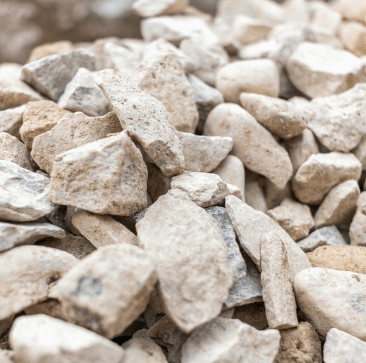
Nickel slag, a by-product of nickel refining, can be effectively ground and utilized in cement production, construction materials, and as a high-value industrial by-product.

Copper slag, generated during copper smelting, can be ground and used as a replacement for natural sand in construction and other industrial applications.
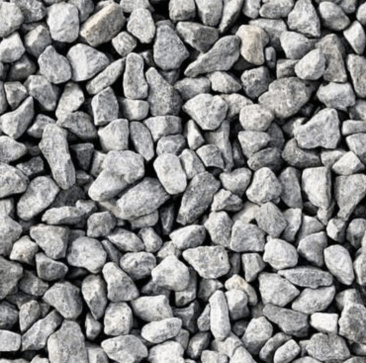
Ferrochrome slag, produced during ferrochrome smelting, can be efficiently ground and used in cement, construction materials, and industrial applications.
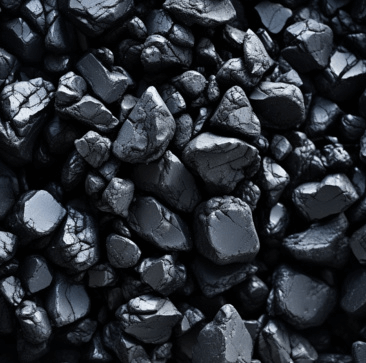
Steel slag, a by-product of steelmaking, can be ground and utilized in cement production, road construction, and as a soil conditioner.
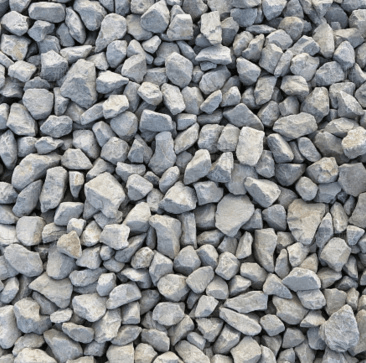
Lead-zinc slag, from the smelting of lead and zinc ores, can be ground and used in cement production and various industrial applications.

Aluminum dross, generated from aluminum production, can be ground and used in cement manufacturing, steel fluxing, and other industrial uses.
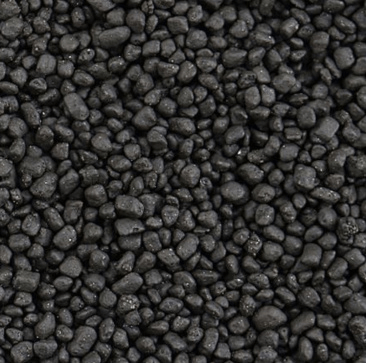
Titanium slag, produced during titanium extraction, can be ground and used in cement production and as a high-performance material in industrial applications.
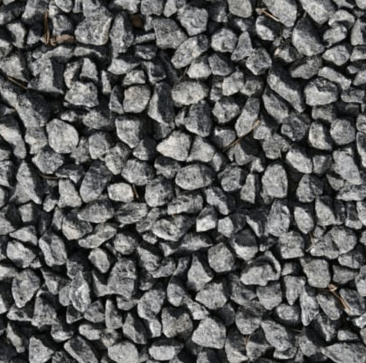
Zinc slag, a by-product of zinc extraction, can be ground and used in construction materials, waste management, and zinc-based products.
You can get in touch with us through the following contact information
AddressNo. 2289 Huancheng South Road, Tongxiang, Jiaxing, Zhejiang Province, China. Zip code:314500
Please fill in the sales inquiry form and our sales representatives will be in touch shortly.